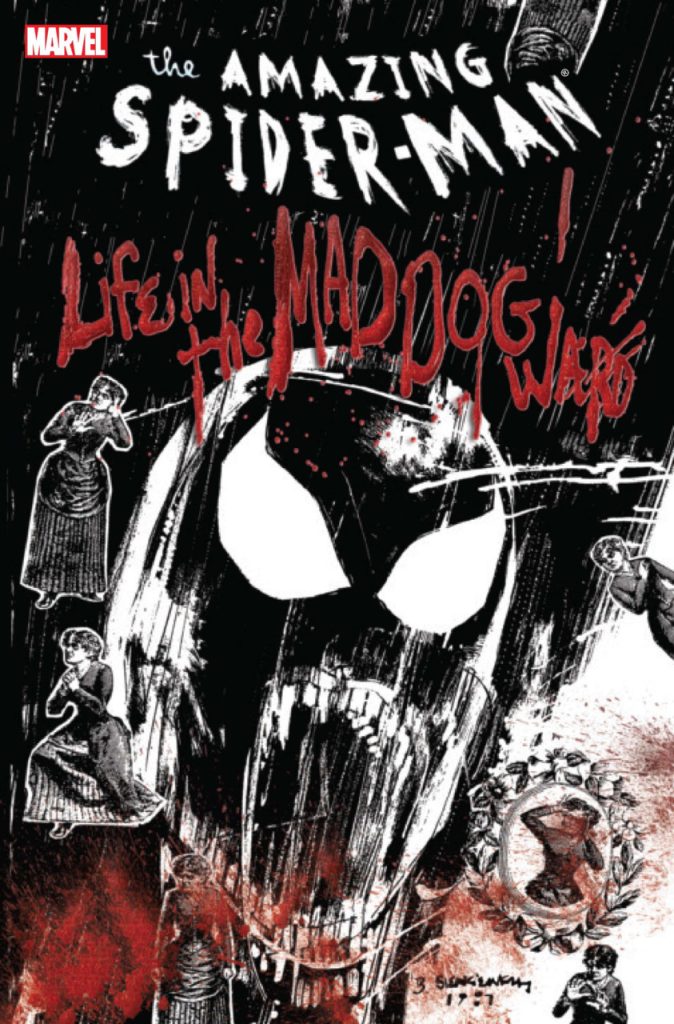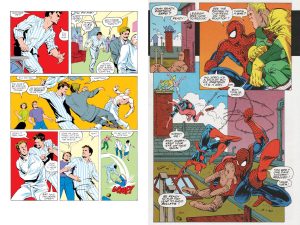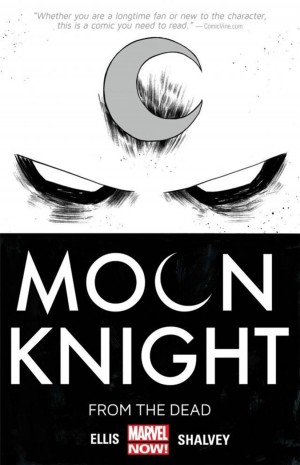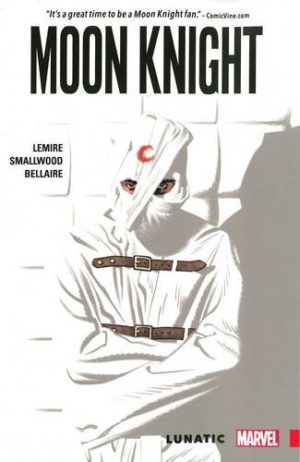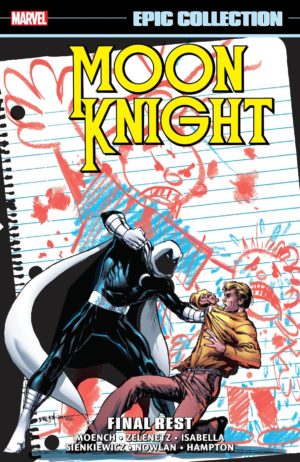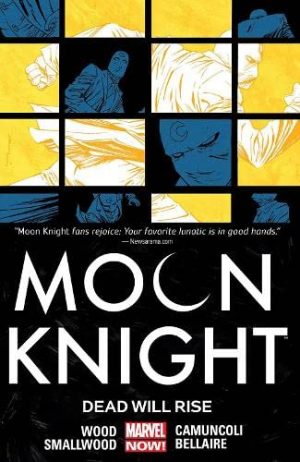Review by Frank Plowright
A disturbing cover by Bill Sienkiewicz leads off the repackaging of a disturbing three part story of Spider-Man trapped in an asylum housing those with considerable mental issues.
He’s there looking for a missing woman, whose circumstances occupy the opening few pages. It makes for harrowing reading despite being overly melodramatic in places, with the woman confused, upset and bullied, and the effect on her children shown. We learn the Kingpin funds a hospital ward, and some occupants are placed there to keep them out of the way if his criminal interests are threatened. A doctor uses them for his unethical experiments.
It’s a fair while before we see Spider-Man, initially only as Peter Parker, who meets the children as an ambulance takes their mother away. Unable to sleep at night, he decides to investigate, and although not his intention, he ends up in the ward, drugged and sedated.
The title story isn’t quite One Flew Over the Cuckoo’s Nest, but kudos to Ann Nocenti for intending to write more than an everyday Spider-Man story. Motivations are strong, as are the unsettling aspects, and Spider-Man being unable to act is credibly explained. Cynthia Martin keeps the art grounded and focussed on ordinary people, as the Spider-Man costume is only briefly seen. Nocenti’s greater interest is the family circumstances, and there’s an uneasy clash between their progression and the necessity for some form of heroic action, which results in compromises. However, allow for the signifiers of 1980s storytelling like continual thought balloons, and this remains an ambitious attempt at psychological horror, which isn’t a common mood for Spider-Man.
Six years later Nocenti wrote a three part sequel, also collected here. It’s a very different proposition, more straightforward in superheroic terms with less emphasis on the tragedy of mental illness. The family providing the strength of the opening story are absent, and what’s left is a former patient playing at being a superhero, and a doctor now as insane as his one time inmates continuing his experiments to create weaponised people.
As the tone is very different, so is the art. There’s less emphasis on ordinary people, and Chris Marrinan initially draws a good Spider-Man in Todd McFarlane’s style. People without costumes don’t have the humanity of Martin’s equivalents, though, and the longer the story goes on the more obvious it appears that Marrinan’s spending less time on each page.
Further diminishing the pleasure of the sequel is it not standing apart from everything else going on in Peter Parker’s life, and Nocenti’s version of soap opera can be clumsy, and never transcends a feeling of going through the motions. She includes barbed comments about Mary Jane’s career as a soap opera actress, even while writing her as if acting out her own life as a soap opera character, while MJ inviting a child into her apartment, however well intentioned, is a real marker of times gone by. The ending to MJ’s arc is rather sweet, but it’s one of few good moments in an ordinary story.
The first three chapters retain a visceral creepiness, and so make this a worthwhile purchase of a very different Spider-Man story if you find a cheap copy of Life in the Mad Dog Ward.
